Preparations for for Atlantic crossing 2019
Crossing the Atlantic is a fantastic experience. To ensure a safe and happy crossing, requires preparations. 99% of the crossings go more or less as planned. The real preparations are for that 1%.
Route and wind
Note that crossing the Atlantic in November (ARC- Atlantic Rally for Cruisers) and the months after, is relatively easy. Go south to pick up the trade wind and go west. Beware of the acceleration zones (high winds) during the first 120 miles from the Canary Islands. The more adventurous sailors may want to Google ‘NAO index’ for a shorter Great Circle route. The trade winds are great sailing. Usually, the wind is between 15 and 25 knots from east to north easterly directions. You may encounter some squalls. We had them the second half of our crossing. They last 30 minutes or so. Wind can be fierce. Most of ‘our’ squalls showed 30 knots of wind. One was 42 knots. Other boats encountered 50 knots. The sea state during a squall is relatively flat so reducing sail area is all you need to do. You can see the squalls coming on the radar if the controls are set-up properly. Before you leave make sure you are familiar with rain filters (set them off) and know the difference between zooming in/out and adjusting the range (length of pulse). They look the same on the screen but are very different. Those squalls that will disturb you, come from behind, slightly from the port aft quarter.
Boat preparations
Of course, your boat must be in good condition. Make sure all equipment is serviced and in good working order. Twenty days of non-stop sailing is more hours than most people will sail during a few years. Chafe is your biggest enemy, so make sure to carry some tubing and webbing to prevent lines from chafing.
We did not only carry spares for the crossing, but also for the years to come. Here is our extensive list as a reference for you. Obviously, the list is boat specific, so adjust accordingly. https://sy8.nl/avada_portfolio/spares-for-circumnavigation
Safety equipment
By law, the required safety equipment in most countries is limited to a fire extinguisher and life jackets. Obviously, you want to be prepared a little bit better to feel safe and make sure the spouse at home is comfortable with your adventures.
I used the requirements of the ARC (Atlantic Rally for Cruisers) to prepare our boat. They have lots of experience, so it is good to follow their list. You can find the 2021 list here: https://www.worldcruising.com/arc/safety.aspx
Water
The human body won’t last long without water. Plan for 3 litres of water per person a day. This includes drinking water and water for cooking. At all times you must make sure you have this amount of water in reserve for the remaining voyage time.
6 persons x 20 days x 3 litres = 360 litters. Our water tank holds 750 litres so that appears to be plenty. Of course, you need to consider taking showers as well. But what if the water gets contaminated somehow? The safest is to carry 360 litres of bottled water. But that is heavy and takes up valuable space. We decided to take 50 litres of bottled ‘emergency only’ water with us. That is enough water to survive 3 days at sea in a life raft with 6 persons. We relied on our water tank and water makers for drinking water during our crossing.
You need to look at the bigger picture to decide how much bottled water you need to take with you.
- How many boats are nearby when you cross the Atlantic?
- How dependable is your water maker on electricity?
- What other options do you have on board?
- Are you taking the southern route, then Cape Verde is a possible stop to fix things
- etc
We have two water makers. One running on 12 volt producing 60 litres per hour. Nice thing about the 12-volt water maker is that we have several sources for 12 volts: house bank, generator starting battery, charger via generator, Solar, Watt&Sea hydro generator, engine alternators. Only serious electrical issues would deprive us of 12 volts. At all times I am sure I can make some temporary connection and bypass any electrical issue. I have a terminal crimping tool and spare battery cable on board.
I added a T-valve in the tubing that runs from the water maker to the water tank so that we can fill water bottles directly from the water maker, bypassing the water tank. Modern water makers are full of electronics that don’t like the salty environment, so don’t depend too much on them.
We also have a 230-volt water maker from Aquatech. This is a very basic unit without electronics, producing 190 liters per hour. It runs on the generator. If the generator fails, it produces no water……
Our on-board rule was to keep the water tank at least half full at all times. That ensures we have enough drinking water for the crossing. You can keep a lower reserve when you get closer to your destination. We did refill the tank whenever possible. At higher wind speeds Solar panels and our Watt&Sea produced enough energy to make water and top up the batteries. On days with less wind, we ran the generator.
Food
We crossed the Atlantic with 6 people on board. It took us 18 days but a good average for our boat from Gran Canaria to st Lucia is 20 days. This requires at least 6 x 3 x 20 = 360 meals.
Space on board is a problem. We prepared 12 dinners before leaving Gran Canaria and kept them in our freezer. Pre-cooked meals take up less space and you have no trash. We sourced square aluminium foil trays that stacked and stored efficiently side by side in the freezer. We could fit exactly 16 of these in each freezing compartment. Make sure to number all items in the freezer and keep a checklist. Once frozen, all contents look the same.
In the first week, we cooked fresh meals. We did fill up the freezer with additional meat such as minced meat etc. for the fresh cooked meals.
To organise shopping, we made menus for lunch and dinner for the whole trip and bought our groceries accordingly. Make sure that the crew respects this, by not taking things out of the fridge without consent of the cook, as he may end up missing valuable ingredients.
Some things to consider:
- Remove all unnecessary packaging before leaving
- Cockroaches lay eggs in the glue of tin labels, remove them and write the contents on the can with a marker pen. If you keep cans in the bilge, this also avoids labels getting in the way of your bilge pumps.
- Avoid any carton boxes on board for the same reason
- Keep shore shoes on shore and boat shoes on board. Shoes may pick up cockroach eggs, so you don’t want any shore shoes on board. When leaving dock, but the shore shoes in a closed garbage bag.
- Don’t buy pasta in carton boxes. For sure you will have bugs in the pasta
- Keep fresh fruits in a net
- Turn all fruits daily and use damaged ones immediately
- Buy fruits a few days before it’s ripe.
- Wash all fruits before taking on board to get rid of critters
- Don’t store unions and potato’s together, else the potatoes will sprout
- Turn eggs once a week, so that the yolk stays centered
- Think about an alternative cooking system. We cook on propane gas but carried a single electric cooker as a spare. Check if the inverter can handle the load. Continuous power of an inverter is often much lower at higher temperatures!! We have a 2000 Watt inverter that handled just about 1200 Watt continuous.
- Take some big pans. On rough seas you can only fill them half
- As spare food, we had cans with ravioli, beans etc.
- You never have enough Paper towel tissue on board…..
Fishing is good fun and can add some variety to the menu. Most likely you will be catching Mahi-Mahi and Tuna. We used stiff rods and spools because it is easier to fight a fish with those but just a trawling line with a lure will be enough too. Line length should be 10 meters per knot of boat speed. We were quite successful with our Blue/White rubber octopus lures. But also the Orange and Green worked fine. Mahi-Mahi will bite any time of the day. Tuna more at sunrise and sun set. Pouring some alcohol in the gills, makes the fish go limb. Not too bad of a way to die ?. We then cut the neck and stab the gills to let the fish bleed out in a bucket.
Trash
Of course, we all need to take care of our environment and beautiful oceans. Plastic was collected in trash bags and stored in our tender. To prevent smell, we washed all plastic trash with seawater. With six on board and a crossing of 18 days we collected 5 small bags of trash.
Glass bottles, jars and tin cans may be thrown overboard 12 Nautical miles from shore. We were not sure about this initially, but the ARC ensured this is ok. The cans, bottles and jars, form a ‘house’ for sea life. Make sure to fill them with water so that they sink.
Paper and carton can also be thrown overboard, excluding aluminium lined milk cartons and such. Use your common sense.
Medicine
After a few days of sailing, you are too far away for a helicopter. In worst case a rendez-vouz with a commercial vessel can be arranged but that will take time. Most boats won’t have a doctor on board. Fortunately, with satellite phones, a Doctor can be called. Make sure to investigate this option before you leave.
Our Coast Guard in Holland has a doctor 24 hours stand-by (Radio Medische Dienst) that can be called for assistance.
Here you can download the procedures (Dutch and English at bottom of web page) and questionnaire: https://www.knrm.nl/redden-en-helpen/radio-medische-dienst
The medical questionnaire (RMA vragenlijst uit het geneeskundige handbook voor de scheepvaart) is important as it helps you to collect all information to allow a Doctor to assess the situation. Make sure to download this questionnaire and keep it on board, together with your medical handbook. We plasticized it so that it stays legible under any circumstance.
We have a large inventory of medicine on board. Discuss with your own Doctor what he thinks is useful to have. You do not need to know what all medicine is for, as long as you have it on board. That will give the Doctor some options.
We discussed four groups of medicine with our Doctor:
Infection control:
Ciprofloxacine 500 mg. 40 tablets (antibiotics)
Metronidazol 500 mg. 60 tablets (antibiotics)
Amoxycilline 500 mg. 40 capsules (antibiotics)
Amoxycilline / Clavulanic acid 500 mg / 125mg. 20 tablets (antibiotics)
Doxicycline 100mg 16 tablets (antibiotics)
Azithomycine 500 mg. 6 tablets (antibiotics)
Fosfomycine (Monurul) 1 tablet (antibiotics)
Prednisolon. 5mg. 60 tablets, 20 mg. 30 tablets, 30mg 30 tablets Cream
Zincsulphate gel. 5 gr. tube.
Fucidine acid cream. 15 grams (with antibiotics) tube
cutivate cream 0,5 mg/g (corticosteroide). 30 gram tube
Fusithalmic eye gel (with antibiotics) 5 gr. tube
Other
Panotile eardrops 12ml.
Allergies:
Cetrizine 10mg. 21 tablets
Epipen (Adrenaline)
Pain:
Voltaren Cream
Diclofinac 50 mg. 60 tablets
Paracetamol 500mg 100 tabets
Ibuprofen 400mg 40 tablets
Fentanyl 12mg/hr patch. 5 pc Fentanyl 25mg/hr patch. 10 pc
Various
Omeprasol 40 mg 40 capsules
Travel sickness tablets
Trachitol
Imodium Codeine fosphate 10 mg 30 tablets
Urine test strips
Equipment
Resuscitation mask
Body bag
Automatic blood pressures monitor
Otoscope
Stethoscope
Alpha torch blue
Thermometer
Discuss among the crew, who is the dedicated ‘doctor’ on board. Preferably a handy man / woman who is not afraid of blood and can act when needed. He or she must follow some first aid courses and be familiar with the medical equipment.
We hope this helps you prepare for your Atlantic crossing. It is an awesome experience that passes by very quickly. Don’t for get your camera’s and binoculars as there is plenty to see.



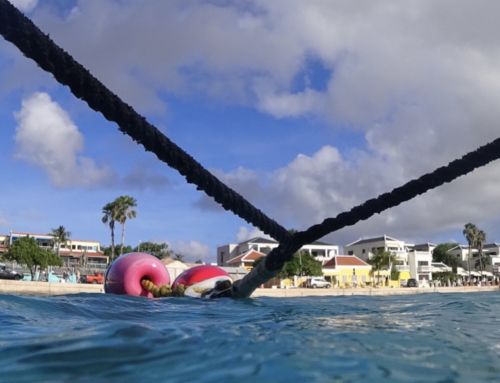
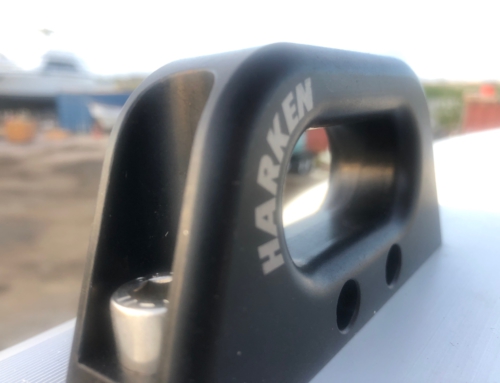
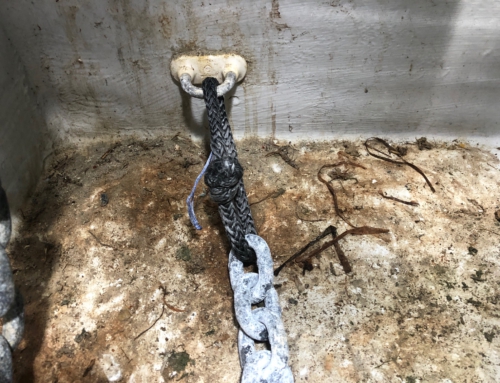
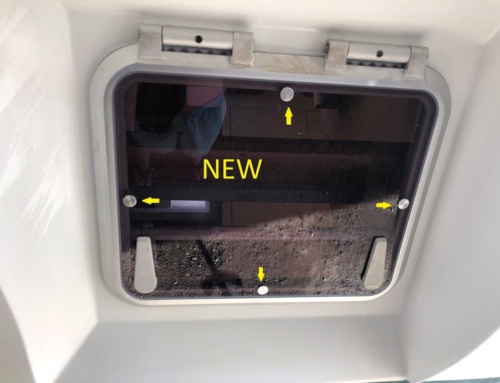
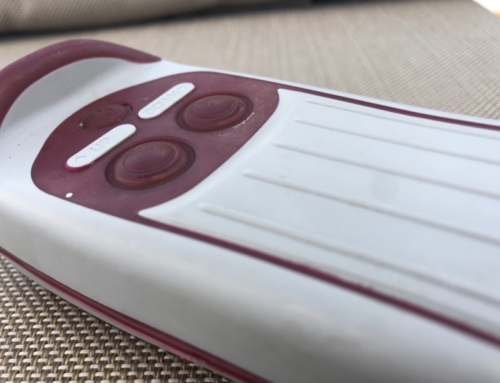
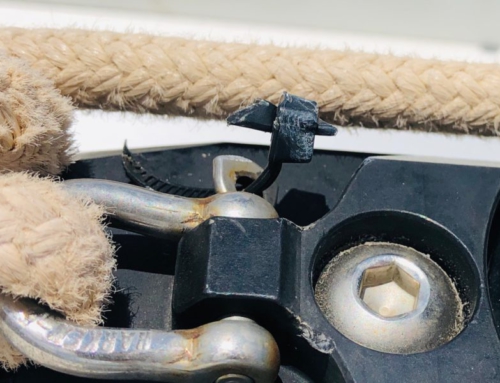
Leave A Comment